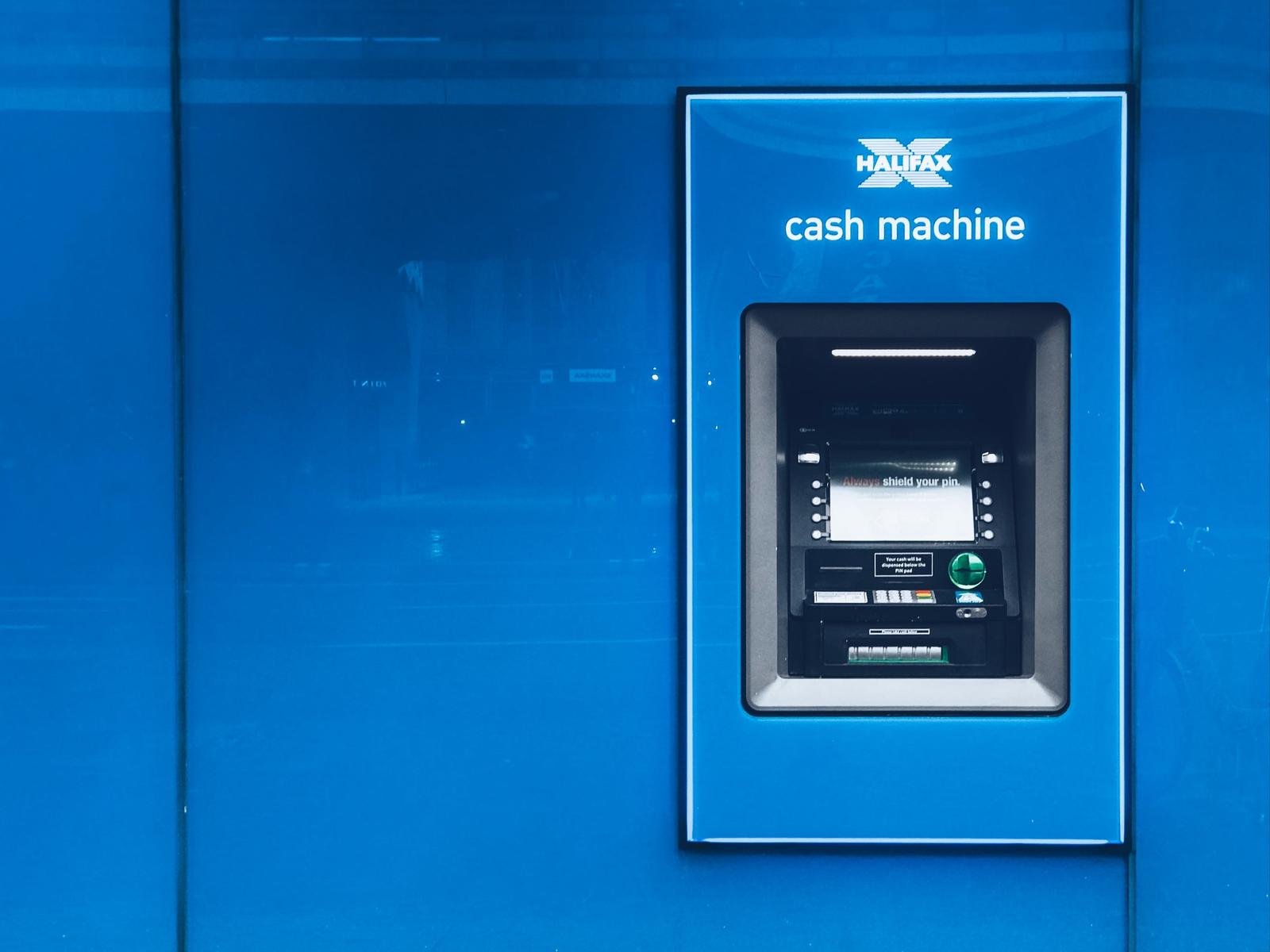Alex Thomson, VP EMEA at Quantum Metric, explores…
Swapping cheque books and regular trips to the branches for online services and mobile apps is now the norm. Our own research has revealed that 48% of consumers are now exclusively banking via digital services. Interestingly though, a lack of touchpoints with bank branches doesn’t seem to be hindering engagement. Our survey found that people are highly emotionally driven when it comes to their finances and frustration can lead to customers losing faith in their banks.
When encountering challenges 19% of people give up entirely instead of seeking help (also known as digital leakage), and to make matters tougher, it’s become easy for customers to switch if their primary bank doesn’t provide all of the services they require.
Ensuring loyalty over digital channels
Offering an outstanding online experience is key when it comes to retaining customers. Over half (57%) of consumers admitted to closing an account because they encountered poor customer service (CS) or found an institution with the same offerings that potentially provided a better experience.
It’s vital that banks prevent consumers looking elsewhere by building loyalty and demonstrating a commitment to fixing issues. This can be done by observing key customer frustrations, empathising better and innovating to meet customers’ changing needs – not just fixing occasional glitches and bugs. Additionally, banks can use data-driven analytics to offer personalised products and services to deliver an improved customer experience (CX).
More from News
- Driverless Vehicles: Why Is Tesla Under Investigation?
- Professional AI Use: Is There A Double Standard In Who Uses It?
- Experts Share: How Can The UK Maintain Its Position As A Top Tech Hub Globally?
- Amazon’s Same-Day And Next-Day Delivery Now In 4000 More Areas
- Valutico Acquires AI Innovator Paraloq Analytics to Revolutionise Private Company Analysis
- How Do UK Consumers Spend Their Disposable Income?
- Spain Tops The List As Most Productive European Country
- Industry Leaders Share Their Thoughts On The Recent Interest Rate Hold
Understanding the human element
Due to current economic challenges, such as rising inflation and the cost of living crisis, customers’ stress and anxiety levels are likely to be high. With 67% of people saying the state of their finances regularly impacts their mental health, the link between financial and mental health should be acknowledged by banks. To cope, these vulnerable individuals have become more watchful, with two in five (39%) checking their balances almost every day as consistent digital experience gives a sense of control, easing financial angst.
Vulnerable customers are another group at a higher risk of making impulsive or poor financial decisions, like falling victim to scams, and these situations can be made worse if they receive sub-par support from their bank.
People with other characteristics of vulnerability also have additional or different banking needs. Banks have both a moral and a brand a responsibility to recognise these vulnerable people and respond effectively by improving messaging and usability across all touch points, be it mobile, app or desktop. For vulnerable customers, good banking outcomes are achieved when their needs are understood and effective responses are implemented.
Why banks need to move now
Digital technology has, and will continue to, transform the way people interact with their finances. Today, consumers are more emotionally driven, won over by experience rather than offerings. It is the organisations that can establish an emotionally empathetic (digital) connection that will come out on top.



